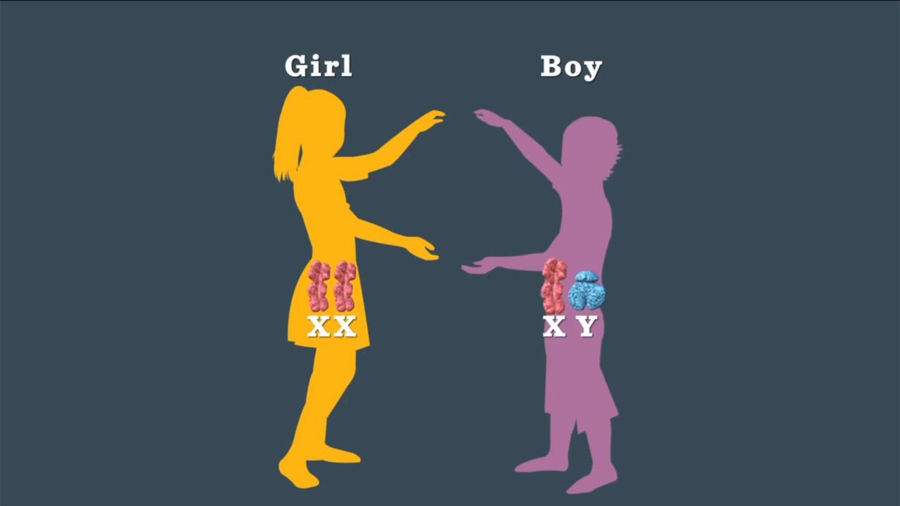

Pre-natal Sex Determination: Maneka Gandhi Has it Wrong
Radical & impractical ideaBy Sunil Garodia
First publised on 2016-02-03 20:11:38
Sanjay Gandhi had introduced India to government sponsored forced sterilization, or nasbandi, during the Emergency. It was a radical and impractical idea that sought to control the countryâs burgeoning population. But the very fact that it was coercive, undertaken during a totalitarian regime without debate and discussion and mainly directed at one particular community meant that it was despised and doomed to failure. Now his widow Maneka Gandhi, in another equally radical and impractical idea, wants India to adopt mandatory and institutionalized sex determination tests and ban the delivery of children at home to prevent female foeticide.
Sex tests are not the need of the hour
There is no doubt that female foeticide poses a real danger to India. In every Census, we find that lesser girls are born. The 2011 Census puts the child birth ratio at 919 girls for every 1000 boys, which is alarming. But having mandatory sex determination tests is even more alarming. First of all, it will entail an additional expenditure for the parents-to-be. Which test will be mandatory â ultrasound, CVC, or amniocentesis? While USG is relatively cheap and done periodically during pregnancy to see if the child is developing properly, the other two tests cost anywhere between Rs 15000 to Rs 30000 or more. Who is going to bear this cost? Secondly, these tests are not done everywhere. Third, even if the test is done, how will the government ensure that if a female foetus is found, it will not be subsequently aborted? The government does not have the kind of policing infrastructure required to prevent this. It is unable to prevent illegal sex determination tests, which are few in numbers compared to the abortions that might take place once the sex of the child is officially known. As most of these tests can determine the sex of the child only in fairly advanced stages of pregnancy, the need is to police abortion clinics to prevent such life threatening abortions. The need is to police the birth of âdesignerâ babies through Preimplantation Genetic Diagnosis (PGD) by which would-be parents who take the route of artificial reproduction, often âgetâ a boy child.
Are there enough hospitals?
As for the second idea that delivery of children at home should be banned, there is just one reason why it should not be. Are there enough hospitals in India to cater to the number of pregnancies that occur every year? The answer, obviously, is no. Then where will the women who do not find hospitals give birth? The need of the hour is to have more educated intermediaries who can assist in child birth at home in rural and semi-urban areas. The need is to educate parents-to-be about hygiene and safe practices.
Educate people, encourage girls
There has been a shift in attitude towards the girl child in the last few years. The government, especially PM Modi, has contributed towards this by starting several girl-specific schemes. With his drive to have separate toilets for girls in schools, hopefully the dropping out rate for girls will decline and they will have better education too. Parents, too, have realized that with changing social mores, there is no difference between a girl and a boy. The old notions of a boy carrying forward the family tree etc. hold no meaning in this nuclear family age. Gone are the days when family pressure would force people to try for a boy even if they already had two or three girls. Apart from some states like Punjab, Haryana, Rajasthan and western UP, parents now wish to provide good education and proper health and nutrition to just a couple of children, irrespective of whether they are boys or girls. After all, do we not get a son â in the form of a son-in-law â when the daughter is married?











